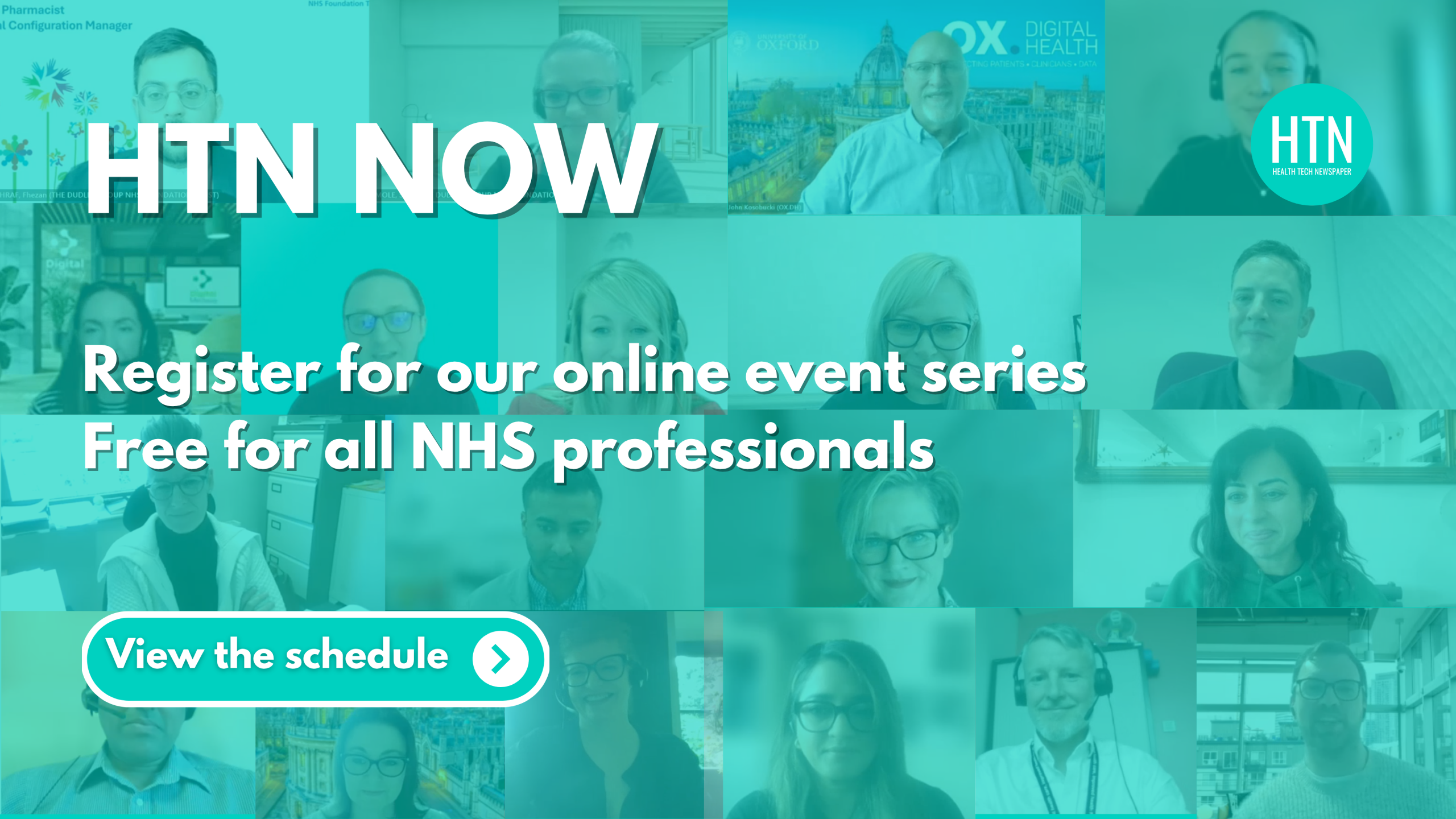By Emma Bouché, General Manager – Primary Care, Accurx
The NHS faces a perfect storm: rising demand, persistent workforce shortages, and widening health inequalities. The need to move from a reactive model of care to a preventative, proactive one has never been more urgent.
Data is a critical enabler of this shift. It gives practices the visibility and insight needed to anticipate demand, identify patients at risk earlier, and work with neighbourhood teams to deliver truly integrated care. But data alone is not enough; it needs to be actionable and embedded into everyday workflows.
Here are four ways data can power the shift to prevention and make primary care sustainable for the future.
1. Making demand and capacity visible
One of the most significant barriers to proactive care is that many practices are overwhelmed by daily demand without visibility of who is contacting them, for what reason, and when. It’s almost impossible to plan ahead.
Digital triage models are helping to change that. By capturing all patient requests digitally or by phone, practices gain real-time insight into demand and can manage access more effectively. This not only improves access and equity but also frees up GP time for those who most need it.
Accurx case studies show the impact of this approach. Peel Hall Medical Centre now resolves 98% of requests within 48 hours, after implementing structured triage for patient requests, resulting in a 24% reduction in incoming calls. Similarly, St Andrews Health Centre switched to a total triage model and now resolves 99% of patient requests within 48 hours, with an average response time of just 30 minutes.
Looking ahead, there is a clear opportunity to leverage digital triage models as the entry point into general practice for a “digital front door”, where patients are redirected into high-quality community services when those services are more relevant and available.
And, with the new GP contract coming into effect later this year, there’s also an opportunity to build in patient choice. Giving patients the ability to identify whether their request is routine and non-urgent will not only help manage expectations but also give practices additional data to balance workloads better and prioritise care.
2. Risk stratification as a tool for prevention
Proactive care also relies on being able to spot early warning signs. Data can help identify at-risk patients by combining triage information with contact frequency and clinical history.
For example, a patient who contacts their practice multiple times for seemingly minor symptoms may be at risk of an undiagnosed long-term condition. Stratifying this information allows practices to intervene early, e.g.inviting the patient for a check-up, reviewing their care plan, or connecting them to community support before issues escalate.
This approach is particularly important for people with multiple long-term conditions or those who rarely engage with healthcare services. By flagging these patients earlier, practices can reduce the burden of unplanned care and improve health outcomes.
3. Using population health data to shape place-based care
The shift to prevention must happen at both the individual and population levels. National and local population health data can reveal broader patterns, like rising childhood asthma rates in a neighbourhood, or low cancer screening uptake in a particular community.
This intelligence enables PCNs, ICBs, and neighbourhood teams to design targeted interventions. For example, a practice might work with local schools and community groups to deliver asthma education where prevalence is increasing, or proactively invite patients in for cervical screening if data shows uptake is lagging.
By linking primary care data with population-level insight, practices and neighbourhood teams can deliver more integrated, localised care.
4. Turning insight into action
Knowing which patients and communities need support is only valuable if teams have the tools and capacity to act.
Digital platforms can help translate insight into action. Once a need is identified, practices can follow up quickly and efficiently: sending personalised messages, booking proactive reviews, or connecting patients with local services.
Accurx’s annual survey of primary care staff demonstrates how this supports both patients and staff:
- 94% of staff report improved workload manageability.
- 91% of staff say Accurx supports their practice to improve continuity of care
- Practices using Accurx avoid an average of 2,160 unnecessary appointments per year—equivalent to 14 million appointments saved nationally.
- 86% of staff say they are happier in their roles, suggesting that reducing the reactive burden also helps retention.
New technologies are also emerging to support clinicians during consultations. AI-powered scribing tools, built on large language models (LLMs), can help generate consultation summaries, follow-up messages, and clinical codes—saving valuable time while improving the accuracy and quality of documentation. By reducing the admin load, these tools help clinicians focus on the patient in front of them and create space for truly proactive care
Embedding a proactive, data-led model
To truly embed prevention in primary care, we need more than tools—we need system-wide change. That means aligning incentives and culture with a data-led approach, ensuring infrastructure supports neighbourhood health models, and making it easy for practices to act on the insights they generate.
This direction of travel is already visible in NHS priorities, from the GP contract’s focus on digital access and total triage to the Core20PLUS5 framework and the emphasis on integrated neighbourhood teams. By joining up demand data, risk stratification, and population health insights—and by building the capacity to act on them—we can deliver care that is earlier, more equitable, and more person-centred.
The opportunity is clear: using the data we already have to shift upstream. This isn’t about more dashboards; it’s about creating a learning, listening system that helps practices plan ahead and keep people well.
If we can embed this approach across general practice and neighbourhood health, we will build an NHS that is not only more sustainable but also better at preventing ill health.






